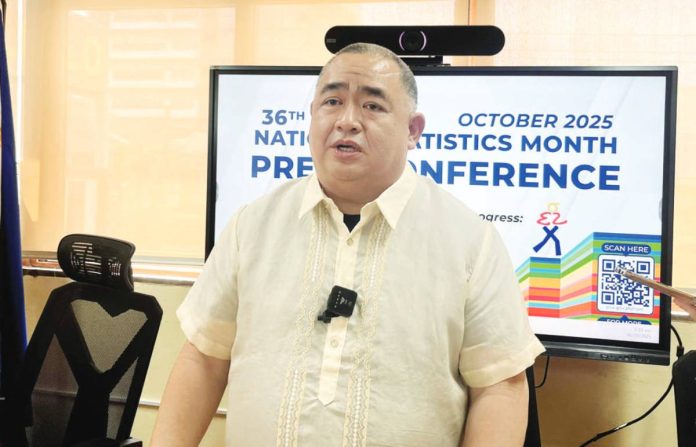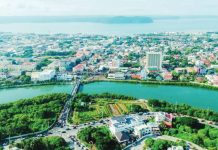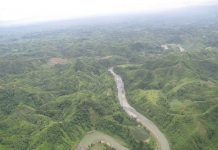
ILOILO City – The P300-billion Panay-Guimaras-Negros (PGN) Link Bridge project will proceed as planned despite rumors that South Korea’s EXIM Bank has withdrawn its financial support, the Department of Economy, Planning, and Development (DEPDev) – Western Visayas confirmed.
DEPDev regional director Engr. Arecio Casing Jr. dispelled speculation that the Korean government had pulled out of the project, stressing that the massive inter-island bridge — seen as one of President Ferdinand Marcos Jr.’s flagship infrastructure initiatives — remains fully supported and on schedule.
“For the most recent update on the Panay-Guimaras-Negros Bridge, we still proceed with this plan. There are no reports that the Korean government has withdrawn support,” Casing said. “Perhaps the report being circulated refers to another project that did not materialize. But for PGN, it is still a go.”
According to Casing, the Department of Public Works and Highways’ (DPWH) Unified Project Management Office expects the final submission of the Detailed Engineering Design (DED) by the fourth quarter of 2025, keeping the project aligned with the administration’s goal to open the bridge before Marcos Jr.’s term ends in 2028.
“That is the target schedule, so by October this year we expect their final submission of the DED,” Casing added.
Once completed, the PGN Link Bridge will connect Panay, Guimaras, and Negros Islands through two major sections — a 13-kilometer Panay-Guimaras segment with a 4.97-kilometer sea-crossing bridge, and a 19.47 -kilometer Guimaras-Negros segment with a 13.11-kilometer span.
Travel time between the islands is expected to drop from up to four hours to less than one hour, boosting trade, tourism, and mobility across Western Visayas.
Contrary to earlier projections, civil works for the Panay-Guimaras section are now slated to begin in July 2026, with completion eyed by June 2028.
Former Iloilo City mayor Jerry Treñas, outgoing chair of the Regional Development Council’s Infrastructure Development Committee, previously confirmed the revised timeline, including the planned signing of a loan agreement in September 2025.
Casing also clarified that the reported suspension of a South Korean infrastructure loan involved a different initiative — the P28.7-billion “PBBM Rural Modular Bridge Project” under the Department of Agrarian Reform (DAR) — not the DPWH-led PGN Bridge.
“The loan from the French is for a different bridge project under DAR. The PGN Project is under DPWH, and its loan availability is still from Korean sources through the Department of Finance. That has been the initial arrangement,” he explained.
Reports in September stated that South Korean President Lee Jae-myung suspended a ₱28.7-billion loan to the Philippines due to corruption concerns tied to modular bridge projects. However, the Department of Finance has since clarified that no such loan was ever finalized and that discussions were discontinued by the DAR in 2024 for technical reasons.
Casing maintained that the PGN Bridge is unaffected by that decision, calling it a “generational project” poised to redefine inter-island connectivity in the Visayas.
“We are hopeful that PGN will soon follow similar large-scale projects like the Bataan-Cavite Bridge, which has already attracted international interest. This is a generational project that will redefine mobility in the Visayas,” he said.
The PGN Link Bridge remains a flagship undertaking under the Philippine National Development Strategy and one of the most ambitious infrastructure projects outside Luzon./PN





